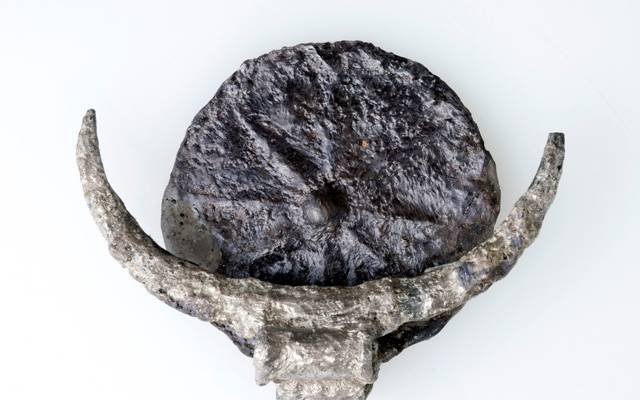A treasure trove of ancient gold and silver artifacts dating back some 3,600 years was recently discovered in Tel Gezer, an archaeological site on the Judean foothills, the Israel Antiquities Authority (IAA) and the Israel Nature and Parks Authority announced Monday.
The archaeologists believe that the trove was most likely part of a ceremonial offering.
It was laid in the center of the multilevel structure being excavated. The artifacts were found in a pot wrapped in fabric and was still somewhat intact. An analysis of the fibers and the method of weaving indicated the fabric was a type of linen.
Analysis of the artifacts indicates the trove was an offering in a structure likely seeking to synthesize Mesopotamian-Canaanite gods and Egyptian culture. The structure complex itself is part of a Middle Canaanite period city that includes an impressive gate, a wall and the largest Canaanite water tower known to date.
“Gezer was one of the most important cities in the land of Israel during the Canaanite period,” Israel Parks Authority Director Shaul Goldstein said.
“Its importance continued through the period when King Saul rebuilt the city. Finding this trove is a significant accomplishment that shines a light on the Canaanite culture in Israel 3,600 years ago, and further cements Gezer’s position as a significant archaeological site.”
By: JNS.org
